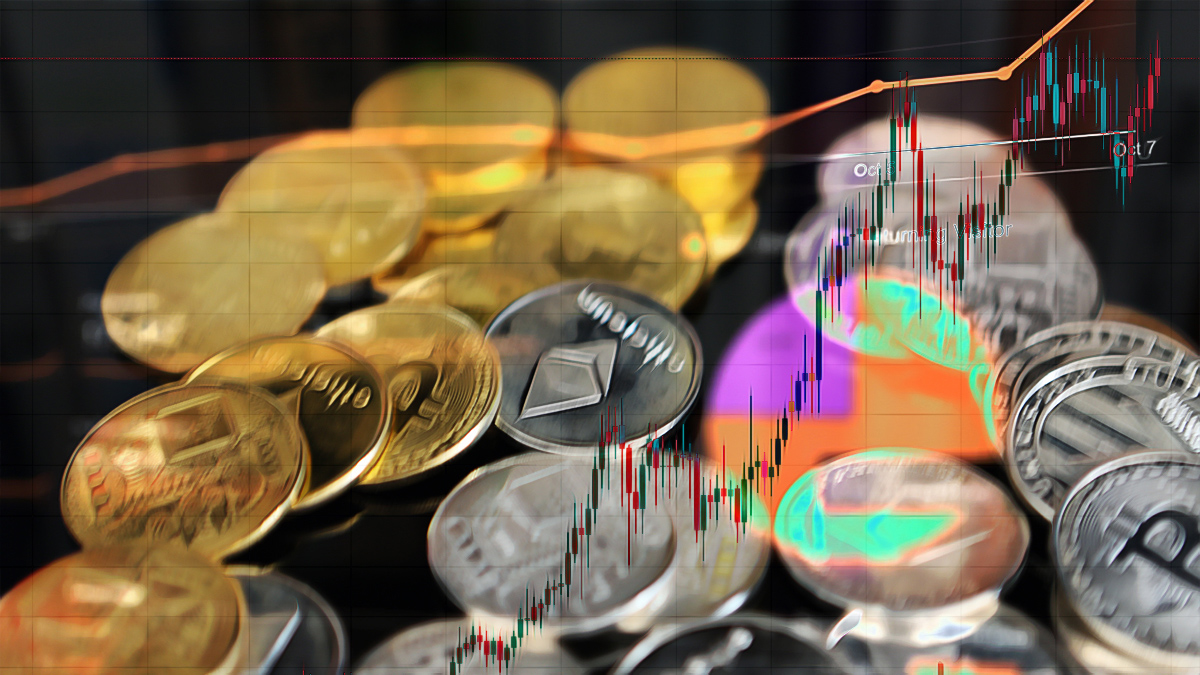Bitcoin (BTC) volatility has become a topic of discussion in 2023. With values reaching historically low levels, there has been a shift in investor sensitivity towards a token known for its volatility, outside of the crypto circles.
Historical Data on BTC
September was not an exception for the leading cryptocurrency as it remained under pressure throughout the period. However, things have changed significantly since the beginning of October. According to a report by the crypto trading platform Bitfinex, Bitcoin’s 24-hour historical volatility increased by over four times on October 2nd.
Daily historical volatility remained above the 200-day exponential moving average. This essentially means that Bitcoin has been more volatile compared to the past 200 days since the beginning of October. At the time of the report, implied volatility was at 37.8% and historical volatility was at 32.4%.
While historical volatility reflects past price movements of a specific token, it also measures expectations for future price movements based on options contract prices. Based on this, Bitfinex analysts predicted that the current upward trend in volatility would continue throughout October. Another notable aspect of Bitcoin’s price movement in October was its deviation from the stock market.

Analytical Firm Reports
According to IntoTheBlock, the 30-day correlation coefficient between Bitcoin and major stock indices such as Nasdaq 100 and S&P 500 dropped to -0.3 and -0.5, respectively. In simple terms, the stock market and the Bitcoin market moved in opposite directions. These findings were reflected in the price movements of the respective tokens. For most of the past two months, Bitcoin experienced more pronounced declines compared to the US stock market.
Furthermore, BTC reached the bottom of its range earlier than the S&P 500 index. Historically, these two financial instruments moved in the same wave pattern. According to CoinMarketCap data at the time of writing, Bitcoin was trading at $27,591 with a 0.5% increase in the past 24 hours. The world’s largest cryptocurrency by market capitalization recorded a 16.41% increase in 24-hour trading volume.

 Türkçe
Türkçe Español
Español









